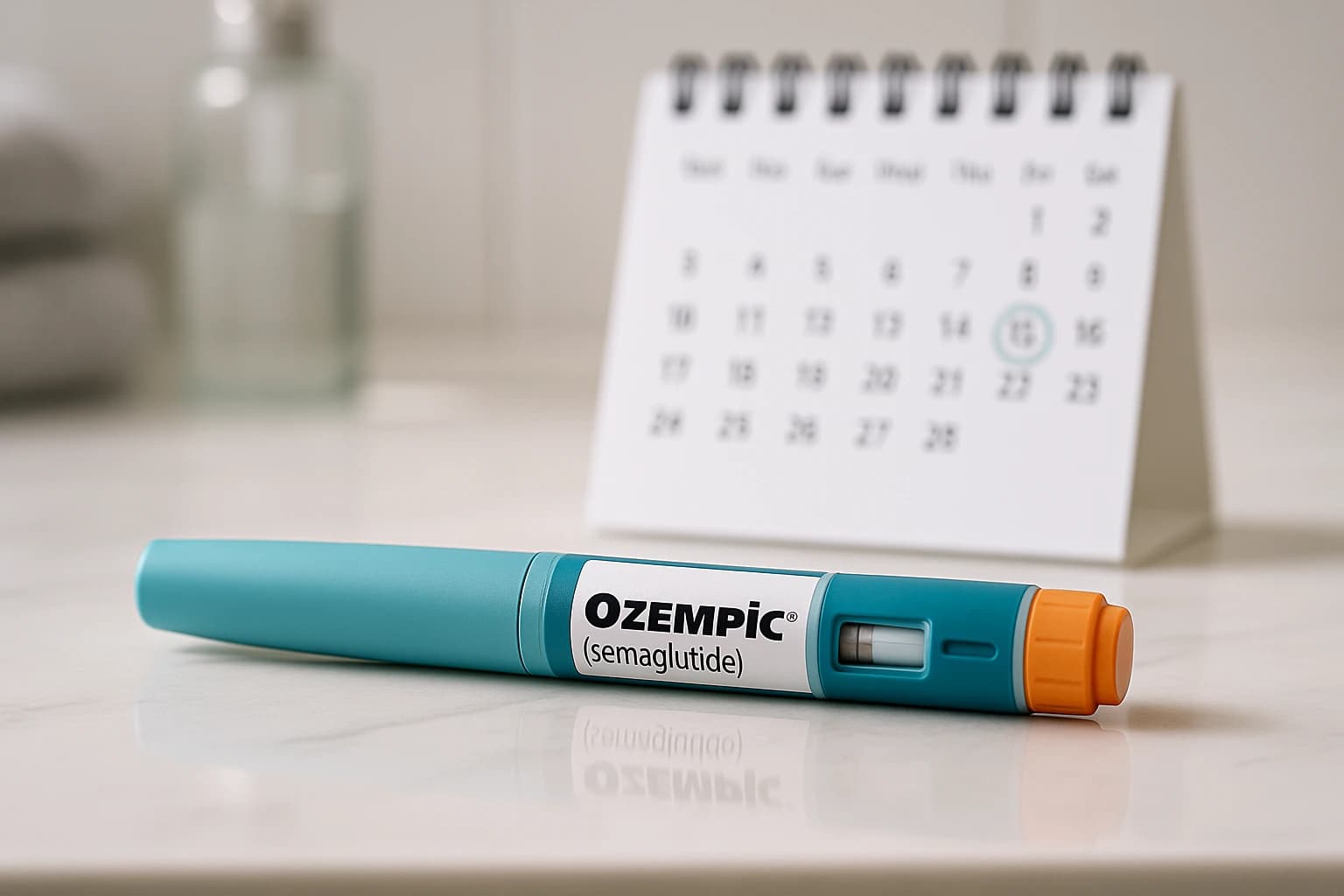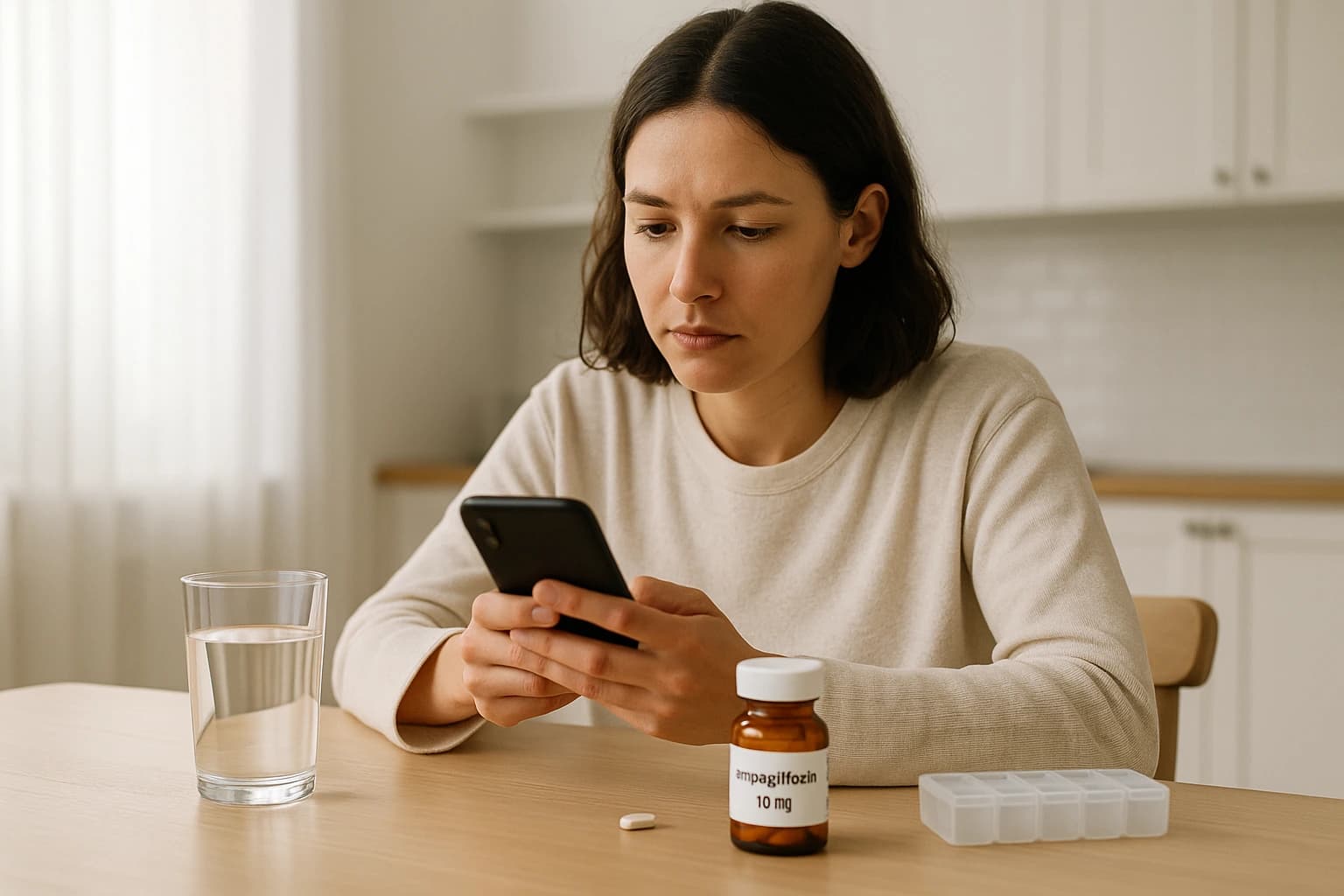How Compounding Works
Compounding means a pharmacist prepares a prescription specifically for one patient—in the exact strength and dosage form ordered by the clinician—rather than dispensing a mass-manufactured product. In the U.S., most patient-specific scripts are prepared by 503A pharmacies; larger sterile lots may be produced by registered 503B outsourcing facilities—see the FDA’s primer on 503A and 503B compounding. For a plain-English context of how this applies to GLP-1 therapy, read this consumer explainer on compounded semaglutide.
503A vs 503B (At a Glance)
• 503A (patient-specific): Made per individual prescription; pharmacist–clinician collaboration; state-board oversight; useful for tailored strengths or excipient adjustments.
• 503B (outsourcing): Produces sterile medications in larger lots under FDA registration and cGMP; supports consistent quality for clinics that need ready-to-use sterile products.
When Compounding Is Considered
• Access: During branded shortages or supply constraints.
• Personalization: Alternative strengths, titration steps, or excipient changes (e.g., allergy avoidance).
• Care Model: Telehealth or clinic programs with pharmacist counseling and follow-up.
Forms Offered (Context)
The subcutaneous injection route aligns with how semaglutide is approved and most studied. Some pharmacies may offer non-injectable options; absorption and clinical evidence can differ. If you’re prescribed tablets, dosing and expectations should be guided by your clinician.



